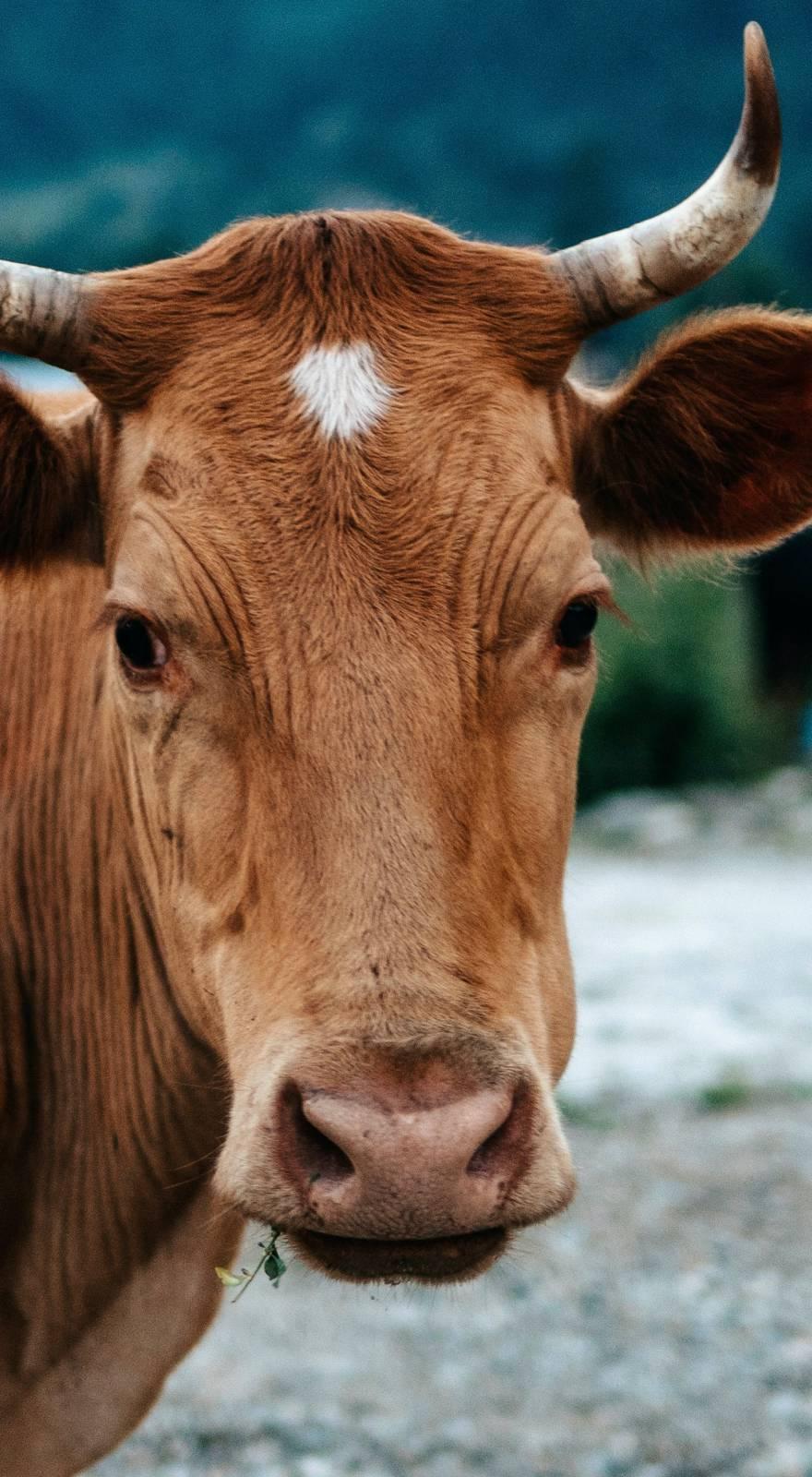Knowde Enhanced TDS
Identification & Functionality
- Agrochemical Functions
- Technologies
- Product Families
Features & Benefits
- Agrochemicals Features
Applications & Uses
- Markets
- Applications
- Application Technique
- Insecticide Target Species
- Plant and Harmful Organisms for Using the Plant Protection Product
Plant Name Harmful Organism Name Application Dose and Period Time Between Last Application and Harvest Cotton Tobacco Whitefly
(Bemisia Tabaci)200 ml/da
(larva, adult)4 days Cabbage Cabbage Moth
(Mamestra Brassicae)150 ml/da
(larva)4 days Beans Pod Aphid
(Aphis Fabae)100 ml/100 lt water
(nymph, adult)4 days Tomatoes Aphids
(Aphis Spp.)100 ml/100 lt water
(nymph, adult)4 days Cucumber, Gherkin Cotton Aphid
(Aphis Gossypii)100 ml/100 lt water
(nymph, adult)4 days Empty Warehouse Application
Hatch Beetles 300 ml/100 m2
20-25 days before the product is put into the warehouse
Potato Moth
(Phthorimaea Operculelle)Legume Seed Beetles
(Bruchus Spp.)Weevil
(Sitophilus Oryzae)Breaking Bit
(Tribolium Confusum)Rice Louse
(Sitophilus Oryzae)Dried Fruit Moth
(Plodia Interpunctella)Barley Moth
(Sitotroga Cereallella)- Usage of the Plant Protection Product
- Considering the density of whitefly against tobacco whitefly in cotton, the struggle should be started when there are 10 larvae + pupae per leaf.
- After the adult emergence against the cabbage leaf moth is observed, 50-100 plants are randomly checked in the field to look for eggs and larvae.
- If 5 out of 100 plants are infected, chemical control is applied.
- Against aphids, one leaf is randomly taken from the fresh leaves and shoots of the plants every 3-5 steps by entering the field in the diagonal direction.
- 25-50 in legumes; In large-leaved plants such as eggplant, cucurbits and cabbage, as a result of counting with loops on 20-40 leaves, if the number of pests per leaf is 10-20, chemical control should be started.
- Along with this, parasitoids and predators should be observed, and the effectiveness of beneficials should be observed before deciding to apply.
- In empty tanks, the application is made to wet all surfaces.
- Resistance Management
- This is an Insecticide classified as (Group 1B) according to its mechanism of action.
- Repeated applications of plant protection products with the same mechanism of action encourage the development of resistance.
- Therefore, in order to delay the development of resistance, do not exceed the recommended total number of applications of Apache 50 EC in the same production season.
- In cases where the application needs to be repeated, pay attention to the use of plant protection products with different mechanisms of action (except for Group 1B).
- Compatibility
Before mixing Apache 50 EC with other plant protection products, it is recommended to make premix trials.
Packaging & Availability
- Packaging Type
- Packaging
250 ml, 500 ml and 1 L packages.

